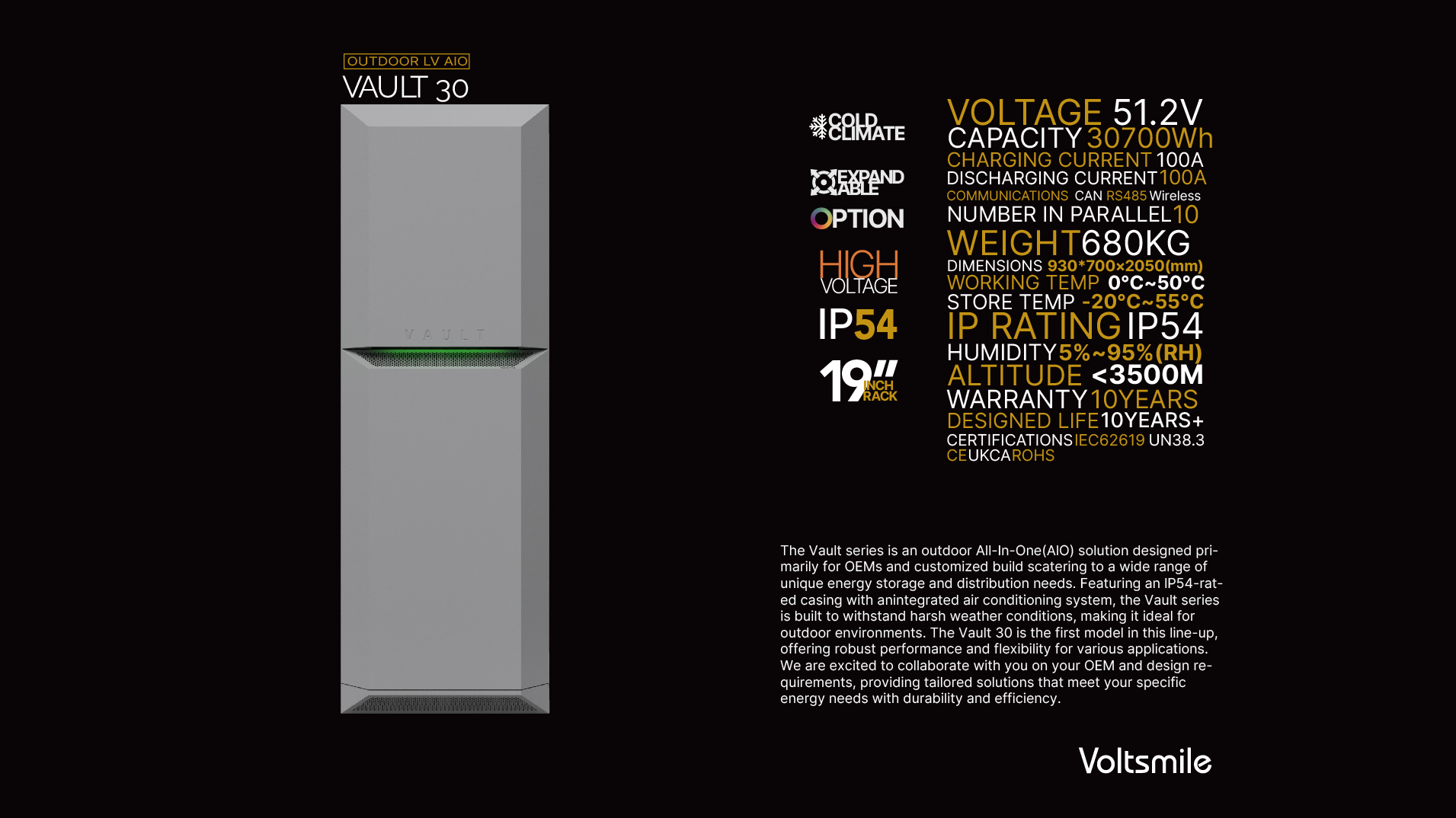What Is an Energy Storage Battery? The Complete 2025 Guide
Introduction: The Foundation of Modern Energy Storage Battery
As we navigate the energy challenges of 2025, energy storage batteries have emerged as the critical enabler of renewable power adoption and grid stability. A Voltsmile-nál, our engineering team has developed storage solutions that power everything from smart homes to national grids. This comprehensive guide explains exactly what energy storage batteries are, how they work, and why they’ve become indispensable in today’s energy landscape.
Section 1: Energy Storage Battery Fundamentals
1.1 Core Definition
An energy storage battery is an electrochemical device that:
- Stores electrical energy in chemical form
- Releases electricity on demand through controlled reactions
- Acts as a buffer between energy generation and consumption
1.2 Key Components
Every modern storage battery contains three essential elements:
Electrodes (Anode and Cathode):
- Typically made of lithium compounds (LFP, NMC) in 2025
- Enable ion movement during charge/discharge cycles
Electrolyte:
- Liquid or solid medium facilitating ion transfer
- Advanced formulations now offer 40% better conductivity
Battery Management System (BMS):
- The “brain” monitors voltage, temperature, and health
- Our 4th-gen BMS predicts failures with 92% accuracy
Section 2: How Energy Storage Battery Work
2.1 The Charge Cycle
When connected to a power source:
- Electricity drives lithium ions from the cathode to the anode
- Electrons flow through external circuits
- Energy is stored in chemical bonds
2.2 The Discharge Process
When power is needed:
- Ions return to the cathode through the electrolyte
- Electrons flow back through connected devices
- Stored energy converts to usable electricity
2.3 Advanced 2025 Features
Our latest systems incorporate:
- AI-powered load forecasting
- Automatic cell balancing
- Cybersecurity protection (NIST SP 800-82 compliant)
Section 3: Why Energy Storage Battery Matter in 2025
3.1 Enabling Renewable Energy
- Store excess solar/wind power (reducing 35% curtailment)
- Provide consistent output despite generation variability
- Allow 24/7 clean energy availability
3.2 Grid Stabilization
- Respond to frequency fluctuations in <100ms
- Prevent blackouts during extreme weather events
- Defer costly infrastructure upgrades
3.3 Economic Benefits
- Reduce electricity costs by 30-40% through arbitrage
- Lower demand charges for commercial users
- Create new revenue streams (VPP participation)
Section 4: Voltsmile’s Battery Technology Innovations
4.1 Current Product Line
Our 2025 battery portfolio includes:
Residential Solutions
- 5-30kWh modular systems
- 15-year performance warranty
- Viharálló tartalék energiaellátás
Commercial/Industrial Systems
- 50kWh-10MWh configurations
- 28% average demand charge reduction
- 72-hour backup capability
Utility-Scale Installations
- 100MWh+ containerized solutions
- 98.7% operational availability
- 45% higher renewable integration
4.2 Sustainability Leadership
- 95% recyclable components
- Closed-loop manufacturing
- Second-life applications extending usefulness 8+ years
Section 5: The Future of Energy Storage Battery
5.1 Emerging Technologies
- Solid-state batteries (pilot production Q3 2025)
- Sodium-ion systems ($57/kWh at scale)
- Szerves áramlásos akkumulátorok hosszú távú tároláshoz
5.2 Energy Storage Battery Market Projections
- Global capacity to exceed 1.5 TWh by 2030
- $75/kWh system cost target within 3 years
- 85% of renewables to be paired with storage
Conclusion: Powering the Energy Transition
Energy storage batteries represent more than technology – they’re the key to unlocking a sustainable energy future. At Voltsmile, we’re proud to have deployed over 25,000 systems across 40 countries, each contributing to:
- Energiabiztonság
- Cost savings
- Carbon reduction
Discover how our storage solutions can transform your energy experience today.

